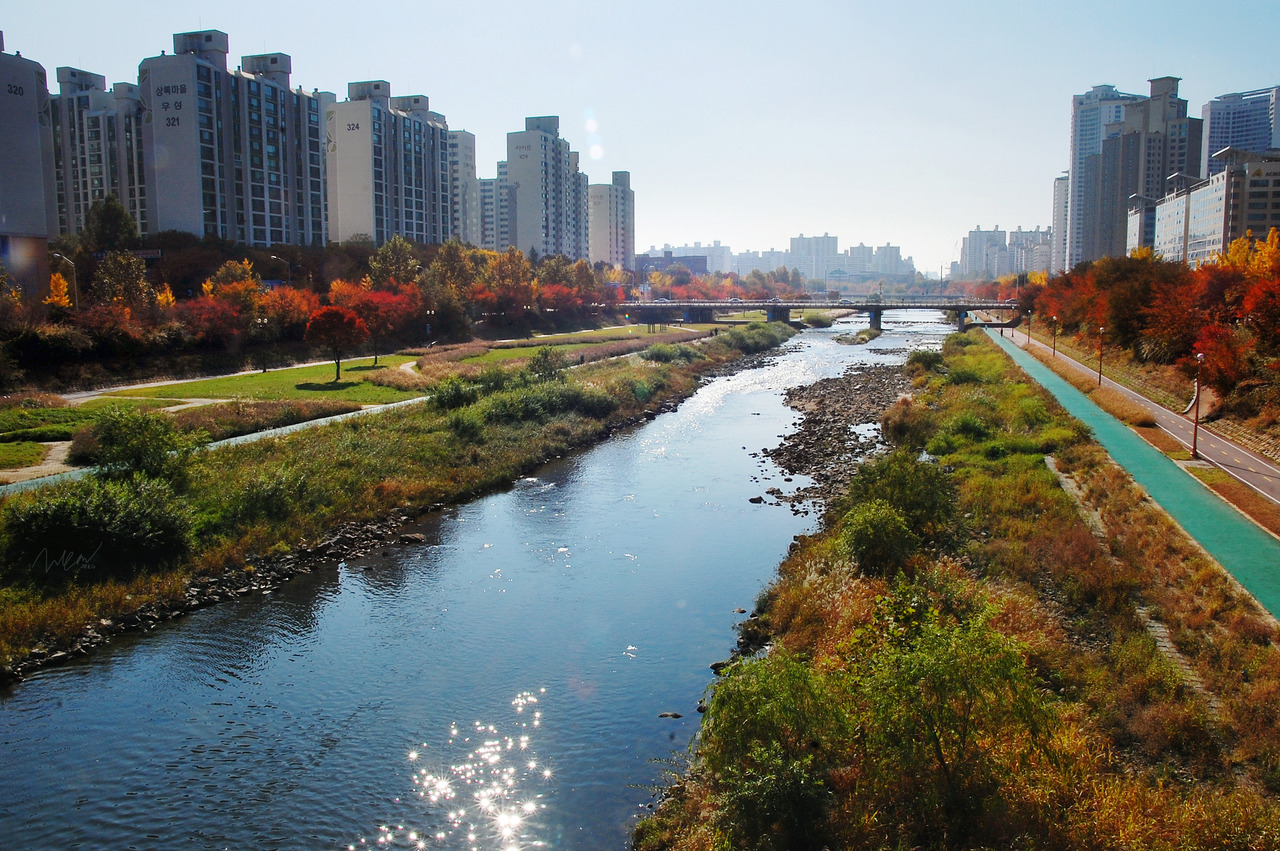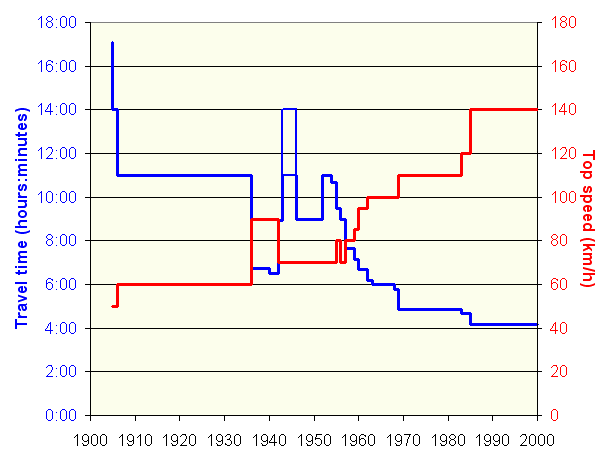|
Jeongja-dong, Suwon
Jeongja-dong is a group of three administrative neighbourhoods of Jangan-gu, Suwon, Gyeonggi-do, South Korea. Jeongja-dong (ņĀĢņ×ÉļÅÖ/) is also a '' legal status neighbourhood'', though the administrative neighbourhoods' boundaries are wider. The three administrative neighbourhoods comprising Jeongja-dong are Jeongja-1-dong, Jeongja-2-dong, and Jeongja-3-dong. Jeongja-3-dong incorporates part of the legal status neighbourhood ''Cheoncheon-dong''. Jeongja-dong is in central Jangan-gu, though it shares a short border with the city of Uiwang. History ''Jeongja'' (ņĀĢņ×É/) means ''pavilion'', and it is thought that the name comes from local pavilions such as Yeongyeongjeong (ņśüņśüņĀĢ/) (also known as Gyogujeong ĄÉĻĄ¼ņĀĢ/. Jeongja-dong was originally in Ilyong-myeon, Gwangju-bu (Ļ┤æņŻ╝ļČĆ ņØ╝ņÜ®ļ®┤), and was incorporated into Suwon-bu (ņłśņøÉļČĆ) in 1789 as ''Jeongja-ri'' () according to the Suwon Gazette (''Suwon-gun Eupji''), published in 1899. On April 1, 1914, when the name ... [...More Info...] [...Related Items...] OR: [Wikipedia] [Google] [Baidu] |
Hangul
The Korean alphabet, known as Hangul, . Hangul may also be written as following South Korea's standard Romanization. ( ) in South Korea and Chos┼Ån'g┼Łl in North Korea, is the modern official writing system for the Korean language. The letters for the five basic consonants reflect the shape of the speech organs used to pronounce them, and they are systematically modified to indicate phonetic features; similarly, the vowel letters are systematically modified for related sounds, making Hangul a featural writing system. It has been described as a syllabic alphabet as it combines the features of alphabetic and syllabic writing systems, although it is not necessarily an abugida. Hangul was created in 1443 CE by King Sejong the Great in an attempt to increase literacy by serving as a complement (or alternative) to the logographic Sino-Korean ''Hanja'', which had been used by Koreans as its primary script to write the Korean language since as early as the Gojoseon period (spanni ... [...More Info...] [...Related Items...] OR: [Wikipedia] [Google] [Baidu] |
Suwon Air Base
Suwon Air Base is a Republic of Korea Air Force (ROKAF) base near Suwon city. Units The base is home to the ROKAF's 10th Fighter Wing (ņĀ£10ņĀäĒł¼ļ╣äĒ¢ēļŗ©), comprising: *101st Fighter Squadron flying KF-5E/KF-5F/F-5F *153rd Fighter Squadron flying F-4E *201st Fighter Squadron flying KF-5E/KF-5F/F-5F The US ARMY 6th Battalion, 52nd Air Defense Artillery Regiment operating Patriot missiles is stationed at the base. History Korean War The base was originally established during the Korean War as Suwon (K-13) Air Base and hosted United States Air Force units. The base was evacuated on the night of 30 June 1950 in the face of the Korean People's Army (KPA) attack, but the base was not occupied by the KPA until 2 July 1950. The base was recaptured on 24 September 1950 following the Inchon landings. The 811th Engineer Aviation Battalion arrived at the base on 1 October to repair the airfield and laid down PSP over the runway. The base was evacuated in the face of the Chinese ... [...More Info...] [...Related Items...] OR: [Wikipedia] [Google] [Baidu] |
Roman Catholicism
The Catholic Church, also known as the Roman Catholic Church, is the List of Christian denominations by number of members, largest Christian church, with 1.3 billion baptized Catholics Catholic Church by country, worldwide . It is among the world's oldest and largest international institutions, and has played a prominent role in the history and development of Western civilization.Gerald O'Collins, O'Collins, p. v (preface). The church consists of 24 Catholic particular churches and liturgical rites#Churches, ''sui iuris'' churches, including the Latin Church and 23 Eastern Catholic Churches, which comprise almost 3,500 dioceses and Eparchy, eparchies located List of Catholic dioceses (structured view), around the world. The pope, who is the bishop of Rome, is the Papal supremacy, chief pastor of the church. The bishopric of Rome, known as the Holy See, is the central governing authority of the church. The administrative body of the Holy See, the Roman Curia, has its pr ... [...More Info...] [...Related Items...] OR: [Wikipedia] [Google] [Baidu] |
Yeongdong Expressway
The Yeongdong Expressway () is an expressway in South Korea. Numbered 50, it connects the Seoul area with Gangwon Province. It is named from Yeongdong, an old name for Gangwon. The road has its western end in Namdong-gu of Incheon Metropolitan City. Its eastern end lies in Gangneung near the east coast. From Incheon to Gangneung, the expressway covers 234.39 kilometers. History * 24 March 1971 : Singal~Saemal (Yongin~Wonju) segment's construction begin. (Length 104 km) * 1 December 1971 : Singal~Saemal segment opens to traffic. (2 lanes) * 31 December 1973 : Yangji IC (Yongin) opens to traffic. * 26 March 1974 : Saemal~Gangneung segment (Length 97 km) begins construction. * 14 October 1975 : Saemal~Gangneung segment opens to traffic. (2 lanes) * 10 April 1976 : Maseong IC opens to traffic. * 5 January 1977 : Deokpyeong IC opens to traffic. * 15 December 1988 : Connected of Donghae Expressway. * 12 April 1989 : Ansan~Singal Segment (Length 23.2 km) begins c ... [...More Info...] [...Related Items...] OR: [Wikipedia] [Google] [Baidu] |
National Route 1 (South Korea)
National Route 1() is a national highway in South Korea. It connects Mokpo, South Jeolla Province with the city of Paju in Gyeonggi-do. Before the division of the Korean peninsula, the highway ran until Sinuiju, North P'yongan Province, in present-day North Korea. 1971ļģä 8ņøö 31ņØ╝ ņĀ£ņĀĢ. Section South Korea ; * - |
Seongnam
Seongnam () is the fourth largest city in South Korea's Gyeonggi Province after Suwon and the 10th largest city in the country. Its population is approximately one million. Seongnam is a satellite city of Seoul. It is largely a residential city located immediately southeast of Seoul and belongs to the Seoul Capital Area. Seongnam, the first planned city in Korea's history, was conceived during the era of President Park Chung-Hee for the purpose of industrializing the nation by concentrating electronic, textile, and petrochemical facilities there during the 1970s and 1980s. The city featured a network of roads, to Seoul and other major cities, from the early 1970s on. Today, Seongnam has merged with the metropolitan network of Seoul. Bundang, one of the districts in Seongnam, was developed in the 1990s. To accelerate the dispersion of Seoul's population to its suburbs and relieve the congested Seoul metropolitan area, the Korean government has provided stimulus packages to lar ... [...More Info...] [...Related Items...] OR: [Wikipedia] [Google] [Baidu] |
Jeongja-dong, Seongnam
Jeongja-dong (ņĀĢņ×ÉļÅÖ) is a neighbourhood in the Bundang-gu district of Seongnam, Gyeonggi-do, South Korea. It is a very wealthy and relatively new neighbourhood, particularly on the western bank of the Tancheon. As recently as 2004, a view of this portion of Jeongja from the northern neighbouring Sunae-dong revealed primarily cranes and buildings under construction. By 2006, most of this construction was completed and several upscale businesses and affluent citizens had moved into the neighbourhood. The plaza between the Paragon apartments, I-Park apartments, and Santeview Apartments is particularly known for its Western-style cafes, and has been used for the filming of both television commercials, dramas, and magazine advertisements. Other residential flats include Adena Palace, Adena Luce, Parkview, Pavilion and Time Bridge. Head office of Naver Corporation and Korea Telecom KT Corporation (Hangul: ņŻ╝ņŗØĒÜīņé¼ ņ╝ĆņØ┤Ēŗ░), formerly Korea Telecom, is a South Korean telecom ... [...More Info...] [...Related Items...] OR: [Wikipedia] [Google] [Baidu] |
Jeongja Station
Jeongja (formerly Baekgung station) is a station on the Bundang Line and the Shinbundang Line, an express subway in South Korea. It was the southern terminus of the Shinbundang Line, between October 2011 and January 2016, when the Shinbundang Line extended to Gwanggyo station. However, it still exists as a divide in terms of fare since riders need to pay an extra charge of 300 won (on top of the 900 won charge of using the Shinbundang Line) when crossing this station, due to the owners of Phase 1 and 2 being different. This rule only applies to the Shinbundang Line - Riders of the Bundang Line pay the normal minimum fare of 1,250 won. Station layout Korail Shinbundang Railroad Corporation History * 1 September 1994: Railway line from Suseo station to Ori station started to operate. This station was named Baekgung station. * 25 September 2002: After Baekgung-dong merged with Jeongja-dong, this station was renamed to Jeongja station. * 28 October 2011: The Shinbundang ... [...More Info...] [...Related Items...] OR: [Wikipedia] [Google] [Baidu] |
Seoul Subway Line 1
Seoul Metropolitan Subway Line 1 of the Seoul Metropolitan Subway is a rapid transit and commuter rail line which links central Seoul, South Korea to Soyosan Station in the northeast, Incheon in the southwest, and Sinchang (Soonchunhyang Univ.) via Suwon and Cheonan in the south. The central underground portion of this rail line is the oldest subway section in the Seoul Metropolitan Subway system. Its branches and services cover a large part of the Seoul Capital Area; totaling in route length. The underground section between Seoul Station and Cheongnyangni station, which is referred to as Seoul Metro Line 1 (), is currently operated by Seoul Metro. The line first opened in 1974 as the Korean National Railroad of Seoul with through services to national mainline railways from Seongbuk station (now: Kwangwoon University station) to Incheon and Suwon Stations. At the time, the 7.8 km underground portion run by Seoul Metro CorporationŌĆöone of Seoul Metro's predecessorsŌĆöwas ... [...More Info...] [...Related Items...] OR: [Wikipedia] [Google] [Baidu] |
Gyeongbu Line
The Gyeongbu Line (''Gyeongbuseon'') is a railway line in South Korea and is considered to be the most important and one of the oldest ones in the country. It was constructed in 1905, connecting Seoul with Busan via Suwon, Daejeon, and Daegu. It is by far the most heavily travelled rail line in South Korea. All types of Korea Train Express, high-speed, express, local, and freight trains provide frequent service along its entire length. History In 1894ŌĆō1895, the Empire of Japan and Qing Dynasty, Qing China fought the First Sino-Japanese War for influence over Korea. Following the war, Japan competed with the Russian Empire's railway expansion in Northeast Asia, which led it to seek the right from the Korean Empire to build a railway from Busan to Keij┼Ź. This railway line was intended by Japan to solidify its strategic positions against Russia, which it would later go to Russo-Japanese War, war. Surveying began in 1896, and in spite of local protests, the Korean Empire gav ... [...More Info...] [...Related Items...] OR: [Wikipedia] [Google] [Baidu] |
Lotte Mart
Lotte Mart is a South Korean hypermarket that sells a variety of groceries, clothing, toys, electronics, and other goods, with headquarters in South Korea. Lotte Mart is a division of the Lotte Co., Ltd. which sells food and shopping services in South Korea and Japan. Lotte Mart, part of the Korean conglomerate "Lotte", opened its first branch at Guui-dong, GangByeon, Seoul, Korea on April 1, 1998. In 2006, Lotte Mart opened its first overseas branch. As of August 8, 2011, Lotte Mart had 199 branches (92 branches in Korea, 82 branches in China, 23 branches in Indonesia, and 13 branches in Vietnam). The brands that Lotte created and sell include Herbon, Wiselect, Withone, Basicicon, Tasse Tasse, and Gerard Darel. In April 2018, Lotte Mart confirmed to exit Beijing operations by selling its 21 Beijing stores to Chinese supermarket operator Wumei Holdings Inc. Operating divisions International locations China In December 2007, Lotte Mart bought out Makro, an established superma ... [...More Info...] [...Related Items...] OR: [Wikipedia] [Google] [Baidu] |

.jpg)



